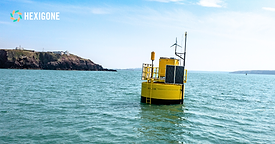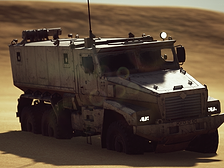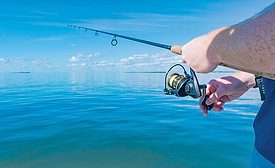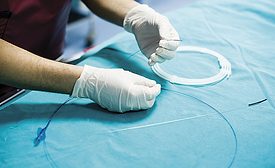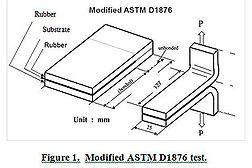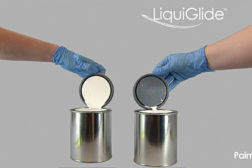Home » Keywords: » Coating Adhesion
Items Tagged with 'Coating Adhesion'
ARTICLES
Get the Prediction of Long-Term Bonding Down to a Science
Paint the Whole Picture with Work of Adhesion and Interfacial Tension Measurements
Read More
Custom Formulators Create a Better Bond
OEMs turn to custom formulators to solve complex adhesion problems with laminated coil and sheet metals
November 15, 2017
Examining Interfacial Adhesion of Biomedical Coatings
Through Scratch Testing and Microanalysis
August 1, 2015
Waterborne Dispersions of Functionalized Hydrocarbon Polymers
for Rubber to Textile Adhesion
Read More
Keep the info flowing with our eNewsletters!
Get the latest industry updates tailored your way.
JOIN TODAY!Copyright ©2025. All Rights Reserved BNP Media.
Design, CMS, Hosting & Web Development :: ePublishing

